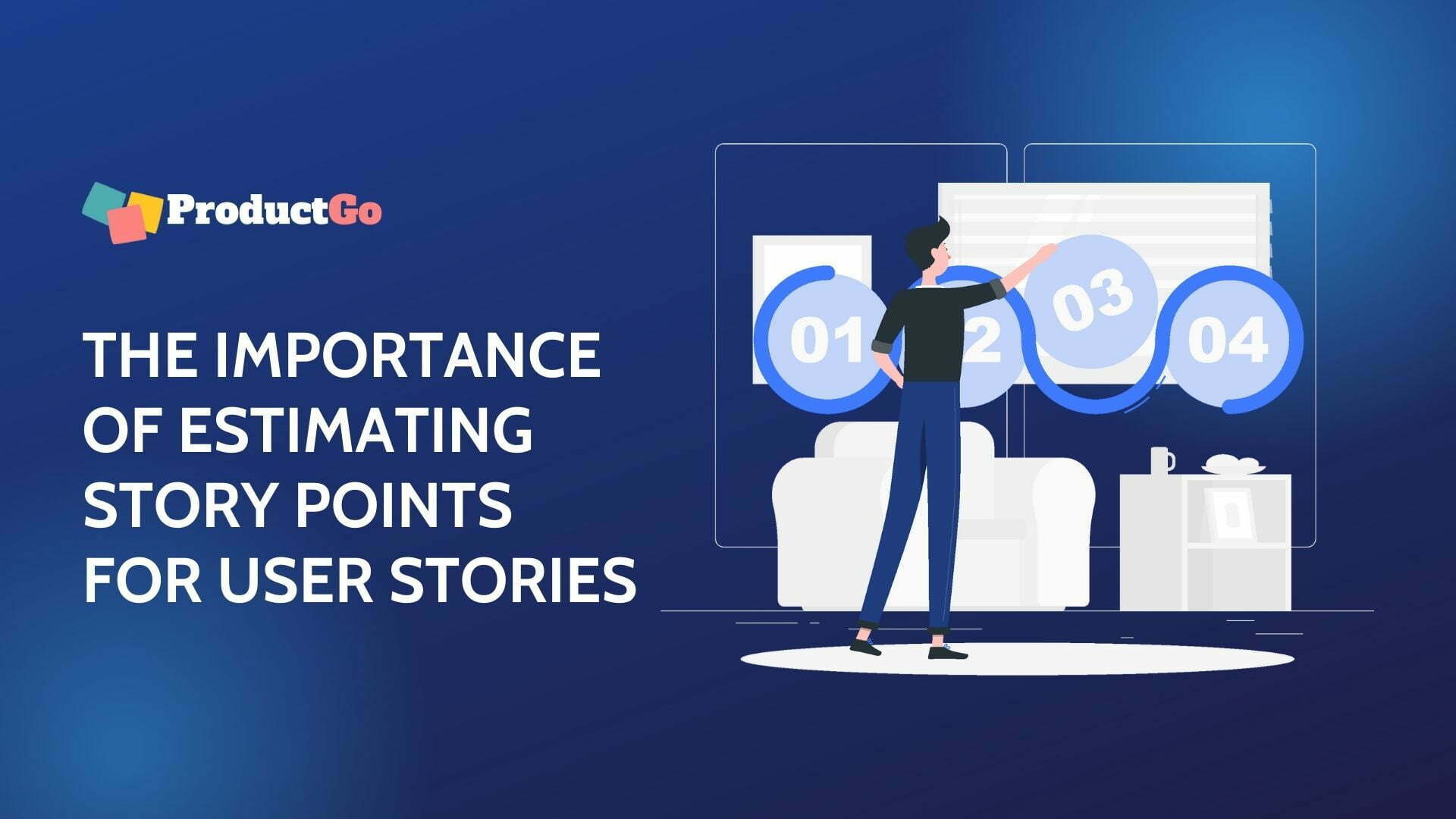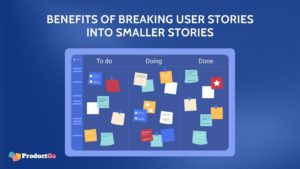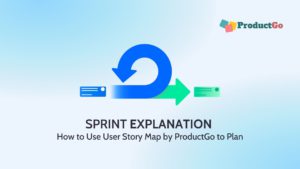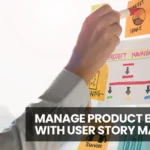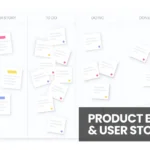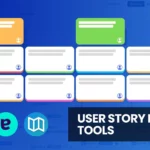Table of Contents
I. Introduction
Story points are a unit of measure used in agile software development to estimate the difficulty of implementing a given user story. They are assigned to user stories during sprint planning and are intended to reflect the effort required to complete a story.
Story points are not based on time but on the story’s complexity and the effort required to complete it. They help teams estimate how much work they can complete in a given sprint and track progress over time.
This estimation helps agile software development teams plan and prioritize work more effectively by estimating the effort required to complete a user story. This allows teams to avoid overcommitting and ensures they can deliver high-quality work on time.
II. Understanding Story Points
A. Understanding Story Points
Story points are a metric used in agile project management and development to estimate the difficulty of implementing a given user story. They are units of measure for expressing an estimate of the overall effort required to implement a product backlog item or any other work fully.
Unlike other estimation forms such as hours or days, story points are assigned on a relative scale, focusing on comparing the work of one user story to another rather than estimating specific time durations. Story points abstract from time and emphasize complexity, technical challenges, and risks. They promote collaboration, flexibility, and a holistic understanding of effort, enabling more accurate planning and adaptability in agile development.
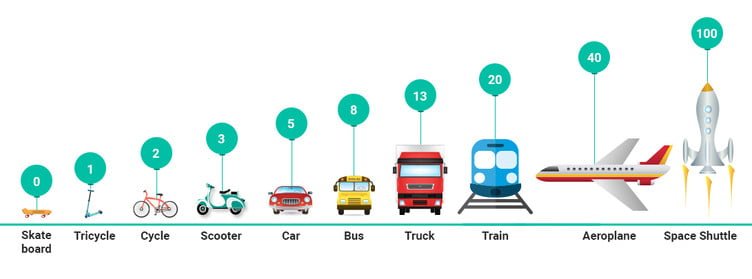
B. Purpose of story points
The purpose of story points in agile software development is to measure the effort and complexity of user stories. Story points serve the following purposes:
- Effort Estimation: It measures the effort required to complete a user story, helping teams gauge the level of work involved.
- Complexity Assessment: It captures the complexity of a user story, considering technical challenges and other intricacies.
- Relative Comparison: It allows for the relative comparison of user stories, providing a more accurate understanding of their size and complexity with one another.
- Planning and Prioritization: It assists teams in planning and prioritizing user stories based on their effort and complexity.
- Predictability and Velocity Tracking: It aids in predicting project timelines and tracking the team’s velocity, enabling better planning and delivery estimation.
- Adaptability and Flexibility: It provides flexibility in planning and scheduling, allowing teams to adjust based on changing circumstances and requirements.
The relative nature of story points provides accuracy and flexibility, making them a preferred method for task estimation in agile projects. For instance, time estimates often rely on assumptions about task complexity, leading to potential inaccuracies. In contrast, story points are based on the team’s collective experience and knowledge, making them more likely to be accurate, even if the task is more complex than expected.
Moreover, story points facilitate better estimation due to their flexibility. They can be adjusted based on the team’s evolving understanding of the task. If the team realizes the task is more complex than initially thought, they can modify the story point estimate accordingly.
III. Benefits of Estimating Story Points
Estimating story points for user stories in agile software development brings many benefits that streamline project management and enhance team collaboration. Teams gain valuable insights that support improved planning, prioritization, predictability, and delivery by assigning a relative measure to the effort and complexity of each user story. Story point estimation empowers teams to allocate resources effectively, track project progress, and foster communication, ultimately leading to successful outcomes.
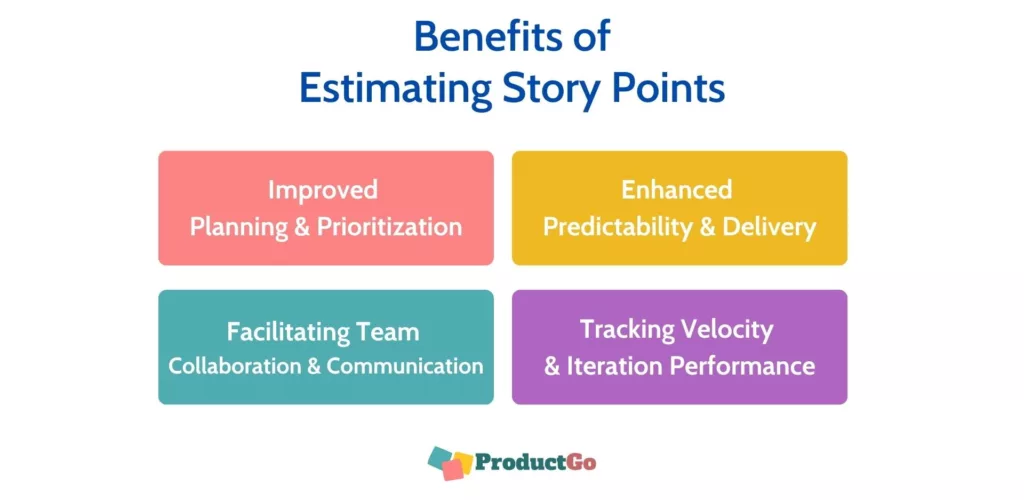
A. Improved Planning and Prioritization
Story point estimation enhances planning and prioritization. It improves understanding of effort and complexity, leading to accurate timelines, optimal resource allocation, and realistic goal setting. Prioritizing user stories based on relative effort ensures higher-priority tasks receive appropriate attention, resulting in smoother project execution and increased overall success.
B. Enhanced Predictability and Delivery
Enhanced predictability and delivery a significant benefit of story point estimation. When the team has a clear understanding of the effort and complexity associated with user stories, they can make informed decisions about resource allocation and project planning, resulting in improved predictability and increased chances of timely delivery. Story point estimation provides the foundation for better forecasting and enables teams to manage expectations, meet deadlines, and deliver high-quality software within the desired timeframes.
C. Facilitating Team Collaboration and Communication
Story point estimation greatly facilitates team collaboration and communication. It fosters collaboration and shared understanding among team members, encouraging them to assign story points and engage in discussions collectively. This process enables effective communication among team members and stakeholders, ensuring clear and concise discussions about the work. With story point estimation, teams can enhance transparency, improve collaboration, and promote effective communication throughout the project lifecycle.
D. Tracking Velocity and Iteration Performance
Story point estimation provides the benefit of tracking velocity and iteration performance. It allows teams to measure their velocity over time by comparing the number of story points completed in each iteration. This tracking helps assess the team’s performance, identify trends, and make data-driven decisions about capacity and planning. Story point estimation enables teams to gauge their iteration performance accurately and adjust their strategies based on real-time data, fostering continuous improvement and optimized project delivery.
IV. Techniques for Estimating Story Points
Estimating story points involves several techniques teams can use to assign relative values to user stories. Here are a few commonly used techniques for estimating story points:
A. Planning Poker
Planning poker is a collaborative technique where team members assign story points to user stories through consensus. Each team member privately selects a story point value, and then the values are revealed and discussed. The team aims to reach a consensus on the story point estimate through discussion.
Our Jira application, AgileBox, integrates seamlessly with the Jira platform, allowing Agile teams to utilize the Planning Poker feature directly within Jira. Access it here: Agile Planning Poker, Retrospectives, Daily Standup for Jira
B. Comparative Estimation
Comparative estimation involves comparing user stories against each other to assign story points. The team selects a reference story, often called the “baseline” or “anchor,” and compares other stories. Smaller or simpler stories receive lower story points, while more extensive or complex stories receive higher points.
C. Fibonacci Sequence or T-Shirt Sizing
The Fibonacci sequence (1, 2, 3, 5, 8, 13, etc.) is a popular scale used for story point estimation. Team members assign story points based on the Fibonacci numbers, reflecting the increasing level of complexity or effort. This scale helps highlight the growing uncertainty and difficulty associated with more significant stories.
T-shirt sizing is a technique where user stories are assigned sizes that correspond to t-shirt sizes (e.g., XS, S, M, L, XL). Each size represents a different range of story points, allowing the team to quickly estimate the relative effort without getting too granular.
Many different techniques can be used for estimation, each with advantages and disadvantages. The best technique for your team will depend on your specific needs.
V. Adapt story points to User Story Map with ProductGo after estimation
After estimating story points, teams can adapt them to user stories on a user story map. The user story map serves as a visual representation of the product backlog, organizing user stories based on their priority and relationships. With story points assigned, teams can arrange the user stories on the map according to their estimated effort and complexity.
This allows for a better understanding of the overall product scope, identification of dependencies, and effective backlog management. By aligning the estimated story points with the user story map, teams can make informed decisions about backlog priorities, iterations, and release planning, ultimately optimizing the development process and ensuring the timely delivery of valuable features.
Try out one of the best User Story Maps for Jira by ProductGo with many additional features: Agile User Story Maps, Roadmaps & Persona for Jira
VI. Conclusion
Estimating story points for user stories in agile software development brings multiple benefits. It improves planning and prioritization, enhances predictability and delivery, facilitates team collaboration and communication, and enables tracking of velocity and iteration performance. Employing techniques like planning poker, comparative estimation, and Fibonacci sequence ensures accurate estimation. Story point estimation is a valuable practice that enhances project management and fosters success in agile software development.

